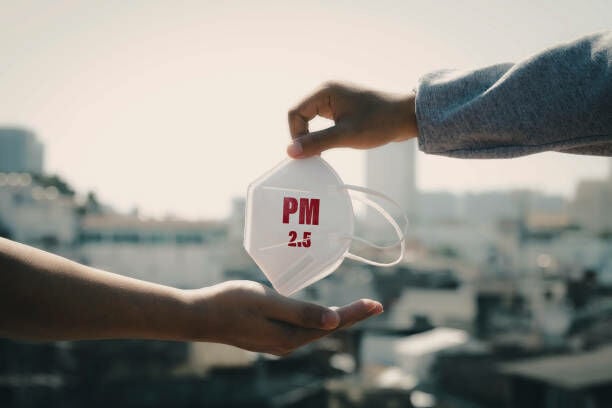Bangkok’s air quality improves as PM2.5 levels drop

Bangkok’s populace can anticipate a breath of fresh air in the forthcoming week as the levels of PM2.5 pollutants are projected to undergo a downswing.
AirBKK, the Air Quality Monitoring Centre of the Bangkok Metropolitan Administration (BMA), confirmed on a Sunday morning that the PM2.5 concentrations in the capital city were well below the 24-hour safe exposure threshold, which is 37.5 microgrammes per cubic meter (µg/m³). The recorded range was between 12.8 µg/m³ and 26.8 µg/m³.
The situation is likely to experience further enhancement by March 3 due to the favourable airflow over the city, reported The Pattaya News. Interestingly, the improvement in the city’s air quality is not directly linked to the absence of wildfires, as no fire hotspots were reported within Bangkok.
In stark contrast to the capital city’s improving air quality, the north and northeast regions are preparing for an escalation in air pollution levels. This impending surge can be attributed to the ongoing wildfires. The Geo-Informatics and Space Technology Development Agency (GISTDA) revealed high PM2.5 levels in 17 provinces, with Lamphun and Sukhothai recording the maximum concentrations.
The large-scale wildfires, particularly in provinces such as Chiang Mai, Mae Hong Son, and Phitsanulok, have led to an unhealthy increase in dust levels for the majority of the local population. The challenging landscape in these regions has made firefighting efforts arduous.
Fire hotspots have been identified in multiple areas including Ob Luang National Park in the Hot district of Chiang Mai, Muang and Pai districts in Mae Hong Son, and Wang Thong district in Phitsanulok.
The news of Bangkok’s improving air quality comes as a relief for the city’s residents, while the provinces grappling with wildfires continue their firefighting efforts with the hope of improving their air quality in the near future.
In related news, PM Srettha Thavisin proposed a pollution mitigation fund with the UN during a meeting, addressing pollution challenges in Thailand and expressing global economic interconnectedness.
Latest Thailand News
Follow The Thaiger on Google News:


























